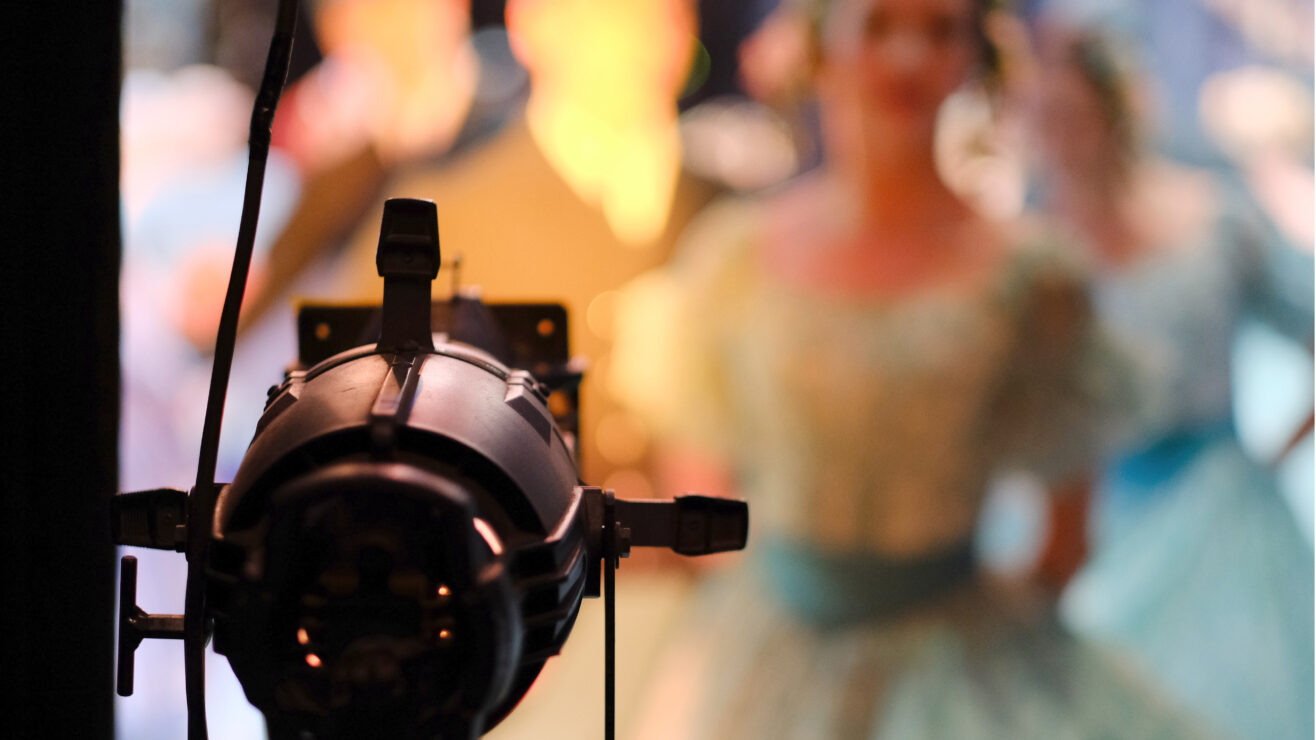“I don’t know” is an underrated student response.
If viewed in a positive light instead of as a lack of understanding or a fault, it can become a catalyst for enquiry, supporting students with their research and knowledge building skills.
What does “I don’t know” mean?
Picture yourself as a student who has been asked a direct question during a lecture.
This was a position I found myself in on several occasions during my own undergraduate science degree course. Sometimes I would know the answer and be able to respond confidently – relieved. On other occasions, perhaps not coming up with the answer immediately, I would default to “I don’t know”.
Many academics recall a particular lecturer who motivated them to succeed. For me, this lecturer emerged as a mentor during my own MSc in chemistry. He used to hold challenging tutorials, if I asked a difficult question, there was nowhere to go. I simply had to stay with the moment and work through the question.
I didn’t realise it at the time, but this helped me find a starting point for figuring out things I didn’t understand and embracing the discomfort that comes with not understanding something…yet!
More questions
Why do we ask students questions? Questions can be posed to the entire room, known as open questioning. This type of question can work well at the beginning of a session or when we want to offer choice in terms of who wishes to answer a question. We can also ask objective, subjective or speculative questions.
Or we can pose direct questions to specific, individual, students. Their use may seem like quite an intense approach but can offer benefits. Directed questions can create a “high pressure, high stakes” atmosphere, it is often one that is more memorable for the individual involved and allows the lecturer to assess whether that individual understands the topic at hand. It presents a mechanism for the student to check their understanding and to build resilience by answering under pressure.
It can also act as a gateway to Socratic questioning, which can allow the student or wider attending group to explore the topic being studied in more depth and with greater thought.
Working as a lecturer in both further education (with BTEC students) and higher education institutions, I have gained experience with how to support students through these moments and how to make the questioning process less daunting.
It is easy to take “I don’t know” at face value, believing that a student really does not know the answer to a given question. However, “I don’t know” could be a default answer for something completely different.
“I don’t know” could mean: “I need time to think about that”, “I didn’t hear what you asked”, “I don’t want to answer in front of…”, “I don’t like being put on the spot”, “I’m not interested”, “I’m not sure if the answer I’m thinking of is correct” or even… “I don’t know”.
How we respond is something to think about.
Conversational, not confrontational
As universities (across the UK and globally) embrace active collaborative learning approaches, the traditional lecture has sometimes come to be viewed as didactic in a negative sense.
Evidence presented following a 2019 report by Nottingham Trent University, Anglia Ruskin University and University of Bradford has shown that active collaborative learning methods such as team-based learning create engaging learning environments with positive links to progression and attainment. Nottingham Trent University has followed up through a university-wide TBL pilot study during the 2024-25 academic year.
Interactive lectures can act as a “half-way house” between traditional lectures and active collaborative learning sessions. Effective questioning strategy can make them more engaging. When lectures are interactive, open, directed and Socratic questioning can be sprinkled in using a non-confrontational approach, such that the questions become part of the conversation and are no longer perceived as an unwelcome assessment of knowledge.
The important thing is how the lecturer approaches this; an effective application being one where students can feel comfortable answering the questions posed. Importantly, asking the correct questions, will help students to leap from where they currently are, with a project for example, to what they could potentially explore next, or to what their results could possibly mean. “How do you think that process happens?”, “What do you think about that?” or “What would it mean if you got the opposite result?”, are a few examples of questions we could ask to encourage a student to dig deeper.
Using questions to frame conversations can create this exploratory environment where an initial not knowing can lead to the confidence to learn more about the topic being studied, moving further into Vygotsky’s zone of proximal development.
Enjoy the silence
Whether in a large lecture theatre, an active collaborative learning room, a small workshop session or an online session, questions can be posed and time given for the answers to come.
As lecturers posing questions to students, we need to remember to give students time to answer the question or to think about a possible answer. It is common to only allow a few seconds before jumping back in to prompt the student, to bounce the question to someone else or even for us to answer it yourself.
Building in thinking time can make the difference. Feeling even stranger in a silent, online environment, it’s important to allow the silence and discomfort to fill the space and wait for an answer – any answer – even “I don’t know” to break through! Then, there is something to work with.
Turning the heat up – or down
As lecturing academics, we also have the responsibility to turn down the heat if we can see that a questioning experience is becoming too intense for a given student or group of students. Questioning should be challenging but not traumatic – know when to pull back.
Having knowledge of your students is the best way of managing this as one can be aware of a student’s profile, background and temperament or how much they enjoy engaging with an interactive questioning approach. For some students, it may not be effective to pose directed questions, particularly in front of a large audience. Think “How will this student respond if I ask them a directed question?” “Will it help them develop their understanding and build resilience, or will it be too much for them?”
For such students, weaving in discussion during group or individual activities in a conversational way may be the best approach to gauge their understanding. For larger cohorts, where we may not know the temperament or preference of all students, intuition and experience can be the key, allowing us to pose questions and then decide whether to persist or perhaps back off and move on – potentially returning to discuss the topic with that student later or in a different session.
And it is important to return to the reason we pose questions. Questioning is more than transactional. If used effectively, it can help us to understand what our students are learning and thinking about, and that can generate real discussion. “Do my students understand this topic?”, “Can my students explain what is happening in this experiment?” or “Are they enjoying it?”.
Taking a question path approach, students can also learn to use this process, applying enquiry-based learning as they explore their subjects of study independently













You are supposed to prepare before the lecture, seminar or tutorial, so that you may participate in discussion. Socratic questioning is rhetorical argument to prove an opponent does not know what they are talking about. The didactic method of using rhetorical questions originates in its medieval form with Peter Ramus and his textbooks, but its earlier use is ancient and was used, for example, in the catechism of candidates for preparation in Christian baptism for over a millennium. For some questions there is an answer, in others not so, and it is how you approach, frame, or answer the question.… Read more »